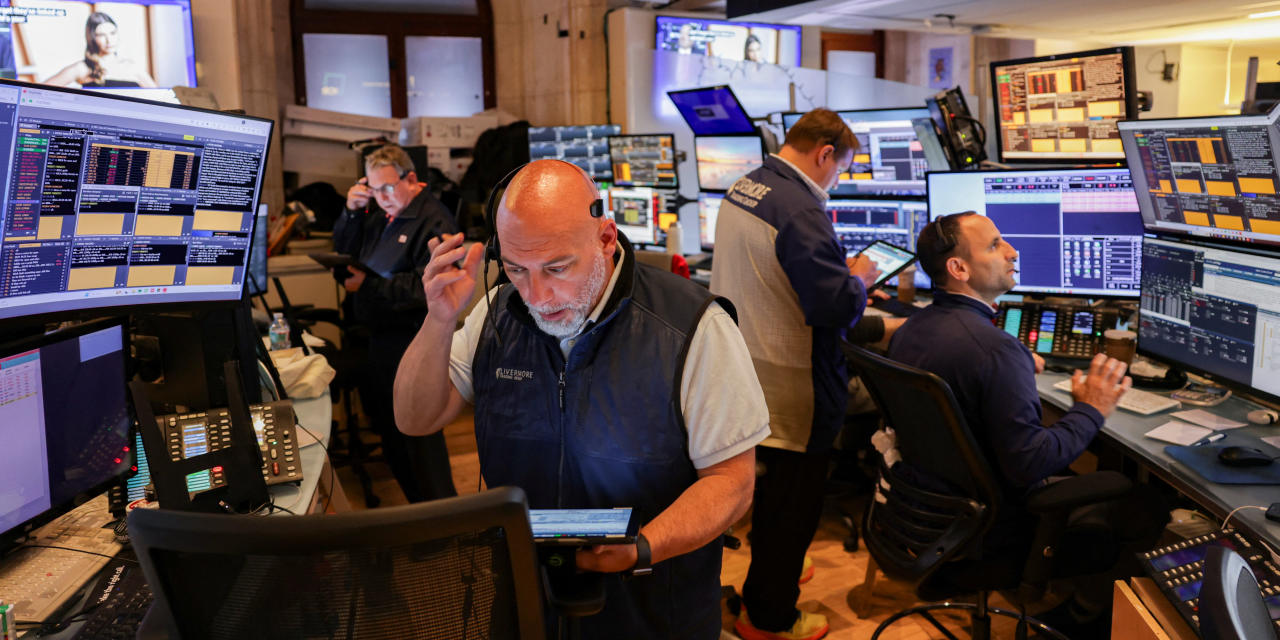Rocky White
3 min read
The S&P 500 Index (SPX) has climbed more than 15% since its early April low and is now within 5% of its all-time high. As a result, many individual stocks are approaching record highs. In this week’s article, I researched data over the past couple of years to see whether stocks hitting new highs have historically presented good short-term buying opportunities, or tended to impel profit-taking. Hopefully, our new knowledge will give us insight into what to do with the list of stocks nearing a new all-time high.
For this study, I went back to 2024 and found times stocks hit a new all-time high. I only counted it if it was the first new high in at least three months. I got rid of times a stock gapped far above the prior close, say on earnings, which I consider a different situation from what I’m looking for. Finally, the stock had to have some minimum liquidity criteria and be trading above $8.
These signals give us the table below, summarizing stock returns over the next week, two weeks, and one month. Focusing on the two-week returns, buying these stocks would have yielded 1.10% per trade, which is much better than buying the SPX, which would have returned 0.41% per trade.
While the average return has been better for stocks than the general market, the median stock return is much closer to the SPX return. Also, only about 50% of the stock returns beat the SPX. This means the stocks have done better because they have had more upside on winning moves rather than a high percentage of wins.
Let’s look at how options would have performed on stocks hitting new all-time highs. For this, I’m using hypothetical, at-the-money options expiring in exactly the time frame that we’re evaluating. The option prices are calculated using implied volatilities for that stock on that day.
The table below shows how call options would have performed over the next week and one month (these are the time frames of hypothetical options we have in our database). The data shows these have tended to be very good call option plays over the next month, with an average return of about 17% per trade and 26.7% of options doubling. Buying shorter-term options was not a money-making strategy, averaging a loss of 5.8% per trade.
Betting on the stocks to fall has not been a winning strategy, either. Put options on stocks hitting record highs would have averaged a small loss over the next week and an average 18% loss over the next month. I wouldn’t say never bet on a stock to pull back after making a new high, but I would need some very compelling reasons before placing that bet.













